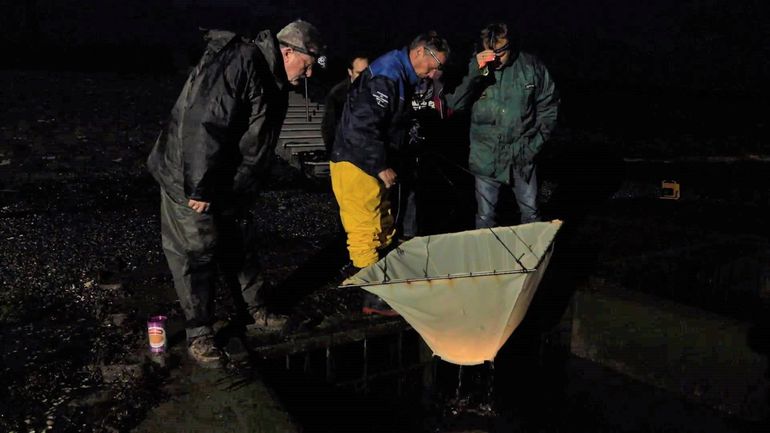
Upcoming: International Eel Count
INBO, New York State Department of Environmental Conservation, RAVON, West Country Rivers Trust, World Fish Migration Foundation, Zoological Society LondonThe European and American eel are both under pressure. The current status of the European Eel is ‘Critically Endangered’ and the American eel is ‘Endangered’ on the IUCN Red List. One of the most drastic observations is the migration of the European eel in the North Sea region, which declined by 98 percent over 40 years.

Internationally every year a few thousand Citizen Scientists, that share a passion for eels, put an enormous amount of voluntary effort into catching, counting and helping juvenile eels (glass eels and elvers) to overcome barriers and migrate upstream. This gives us vital data on the trends in eel populations and highlights where barriers stop eels from accessing freshwater habitat for subsequent building of permanent eel passes. All projects take place under professional coordination with adequately trained volunteers.

This year’s ‘International Eel Count’ includes action on two continents. In the United States eels will be counted at 12 sites with special fyke nets along 120 miles of the Hudson River Estuary: the catch will be registered each day and transported over the next upstream barrier. The United Kingdom has two large scale programs. In the Severn catchment juveniles are counted and helped to overcome barriers. In the catchment of the Thames, 11 sites traps at barriers and eel passes are monitored, to learn about the numbers, help eels migrate upstream and to install new eel passes. In The Netherlands migration numbers are monitored at 42 barriers in the coastal region by frame netting, to indicate trends and gain knowledge on where to take measures. At the Belgian coast monitoring efforts will be executed at a tidal barrier in the Bruges region, which is a first step to get the government taking action to facilitate migration.
These programs all join the ‘International Eel Count’ and host events everyone can join around World Fish Migration Day (see events). If you need more information on one of the regions, or if you want to contribute as a citizen scientist, please get in touch with the contact person of the area you are interested in. Results of the ‘International Eel Count’ and preliminary results of this monitoring season will be shared at World Fish Migration Day on the 21st of April.
More information
Text: Chris Bowser, New York State Department of Environmental Conservation; Scott West, West Country Rivers Trust; Joe Pecorelli, Zoological Society London; Jeroen van Wichelen, INBO, België; Martijn Schiphouwer, RAVON; Herman Wanningen, World Fish Migration Foundation
Figure: WGEEL
Picture: Arthur de Bruin
